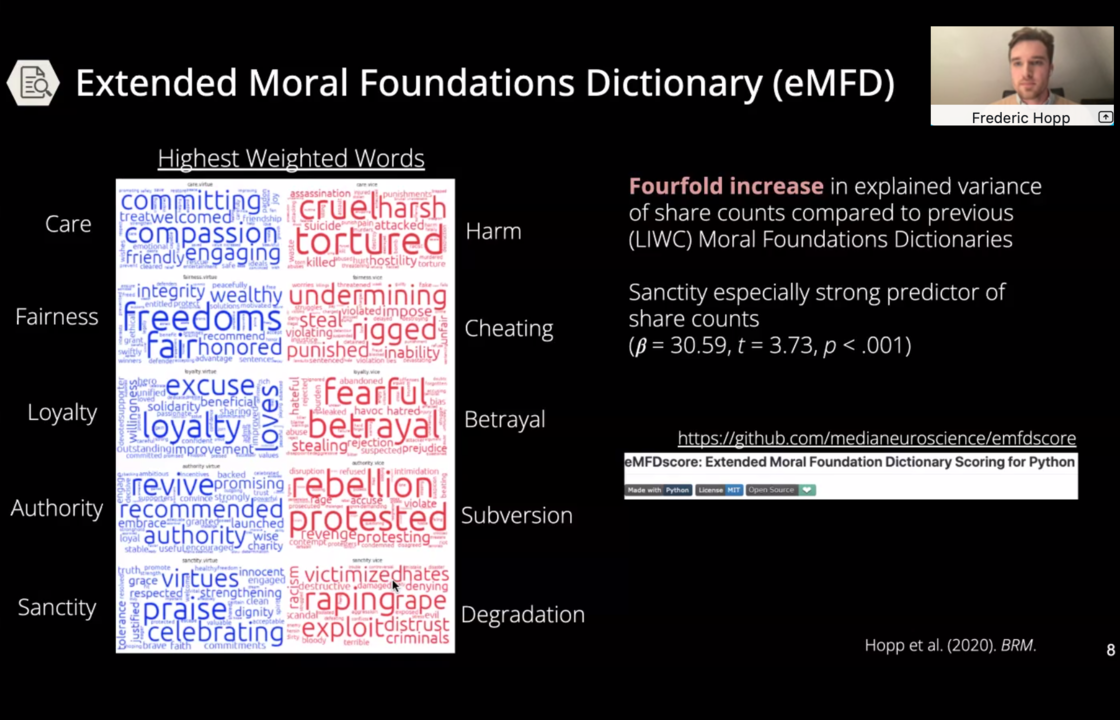Wednesday’s HeiCADLecture on “Morality in the Age of AI and Data Science” by Frederic Hopp was a great closure of our winter series thematically focused on ethics in artificial intelligence and data science. Hopp who recently joined the University of Amsterdam as an Assistant Professor for Political Communication centres his work on human morality around three aspects: He researches the media and particularly looks at how moral foundations can be validly extracted from media content. The second focus lies on society and what the social effects of moralised public discourse are. Furthermore, he studies the human brain and researches where and how morality is encoded in it. Of course, those three parts interact with each other as well.
There are many challenges when it comes to extracting latent moral information from media content: Morality is highly context-dependent, the majority of moral judgements occur fast and intuitively and individuals differ in their moral sensibilities. The “Moral Narrative Analyzer” (MoNA) is a standardised coding and analysis platform using natural language processing methodology for the analysis of large quantities of unstructured narratives and provides a hybrid between automated computational methods and evaluations from crowds who are exposed to moral narratives. Hopp also presented the “Extended Moral Foundations Dictionary” (eMFD) he recently developed and demonstrated how it is superior to previous moral foundations dictionaries.
Hopp also presented his work using a graph-learning approach for detecting moral conflict in movie scripts. This is often associated with good story-telling. It is maximised if a foundation is at the same time violated and upheld, e.g. if someone needs to be harmed in order to help someone else.
We continue our HeiCADLecture series in January 2022.


